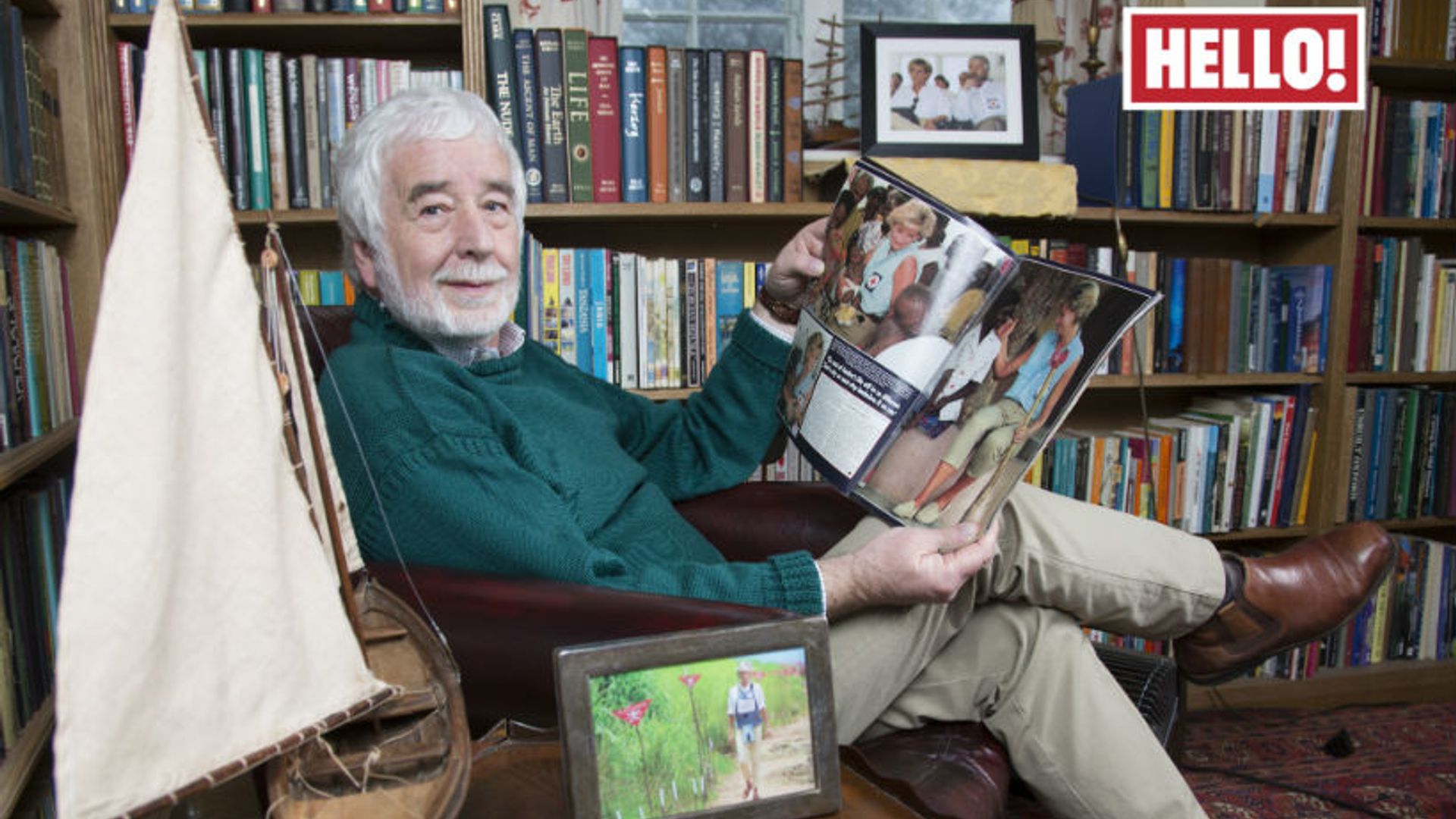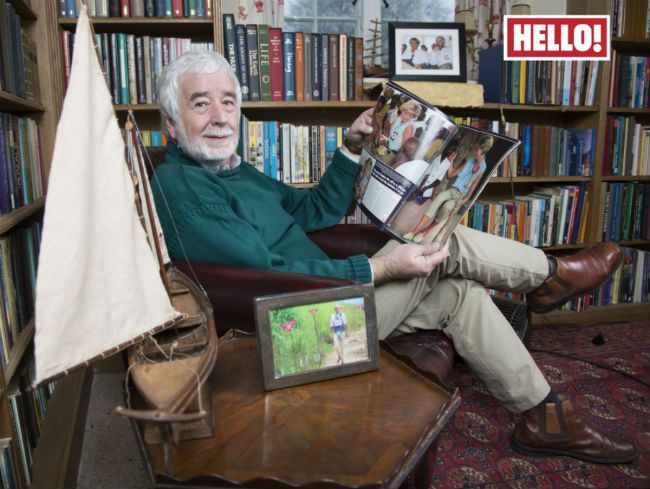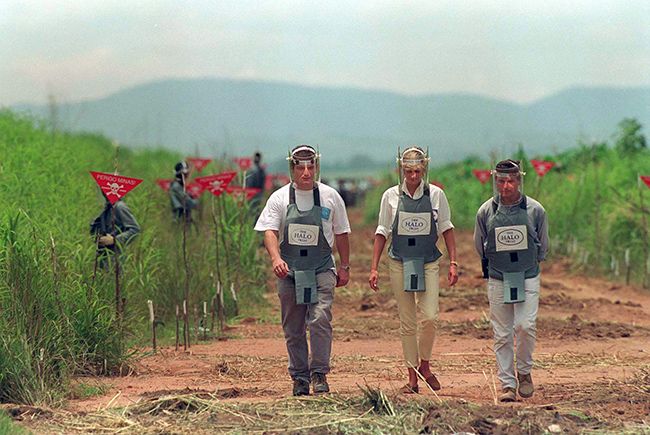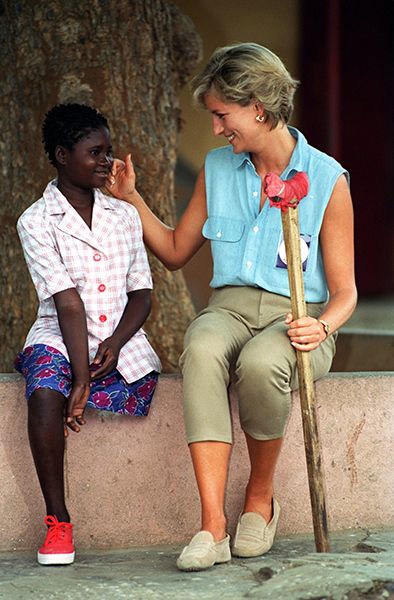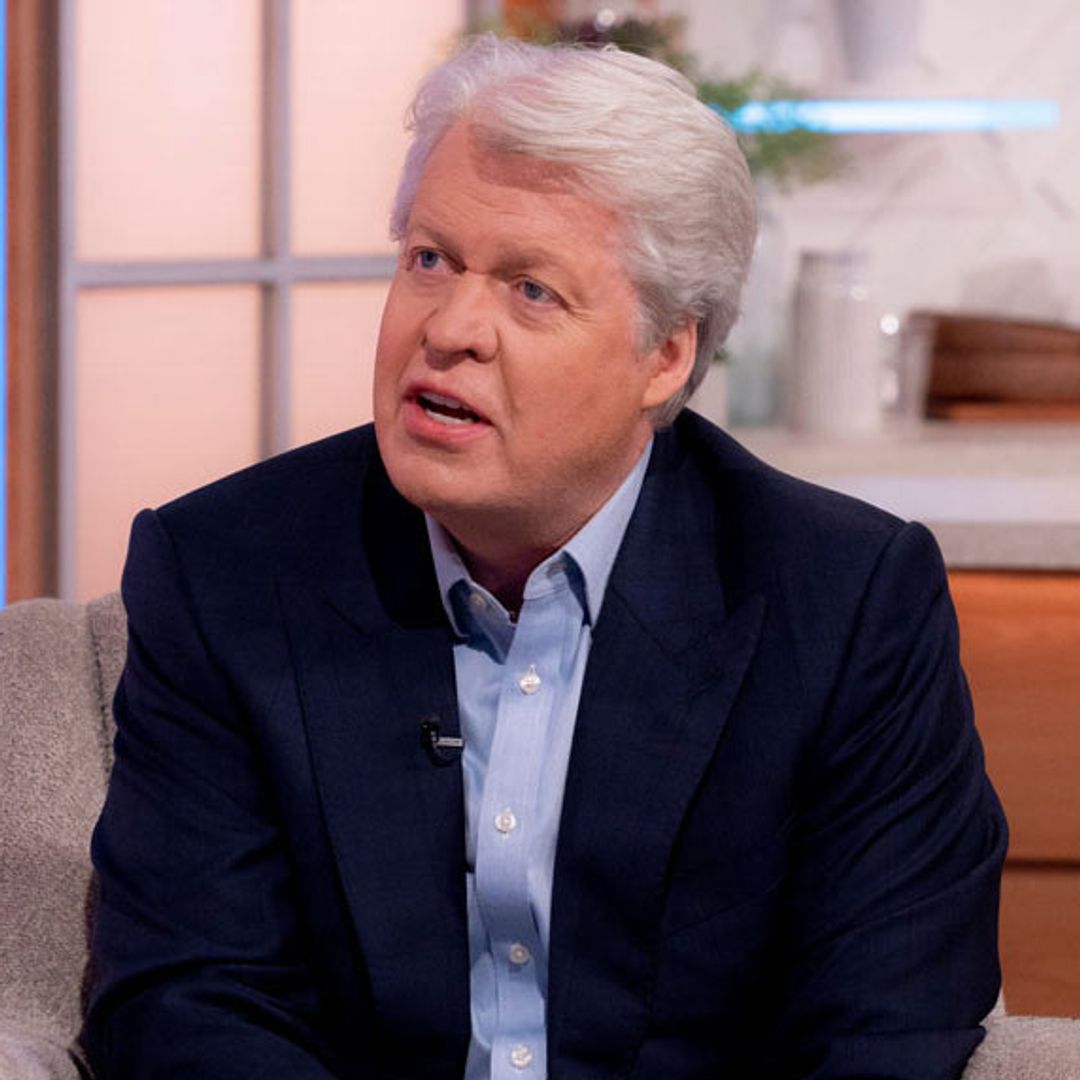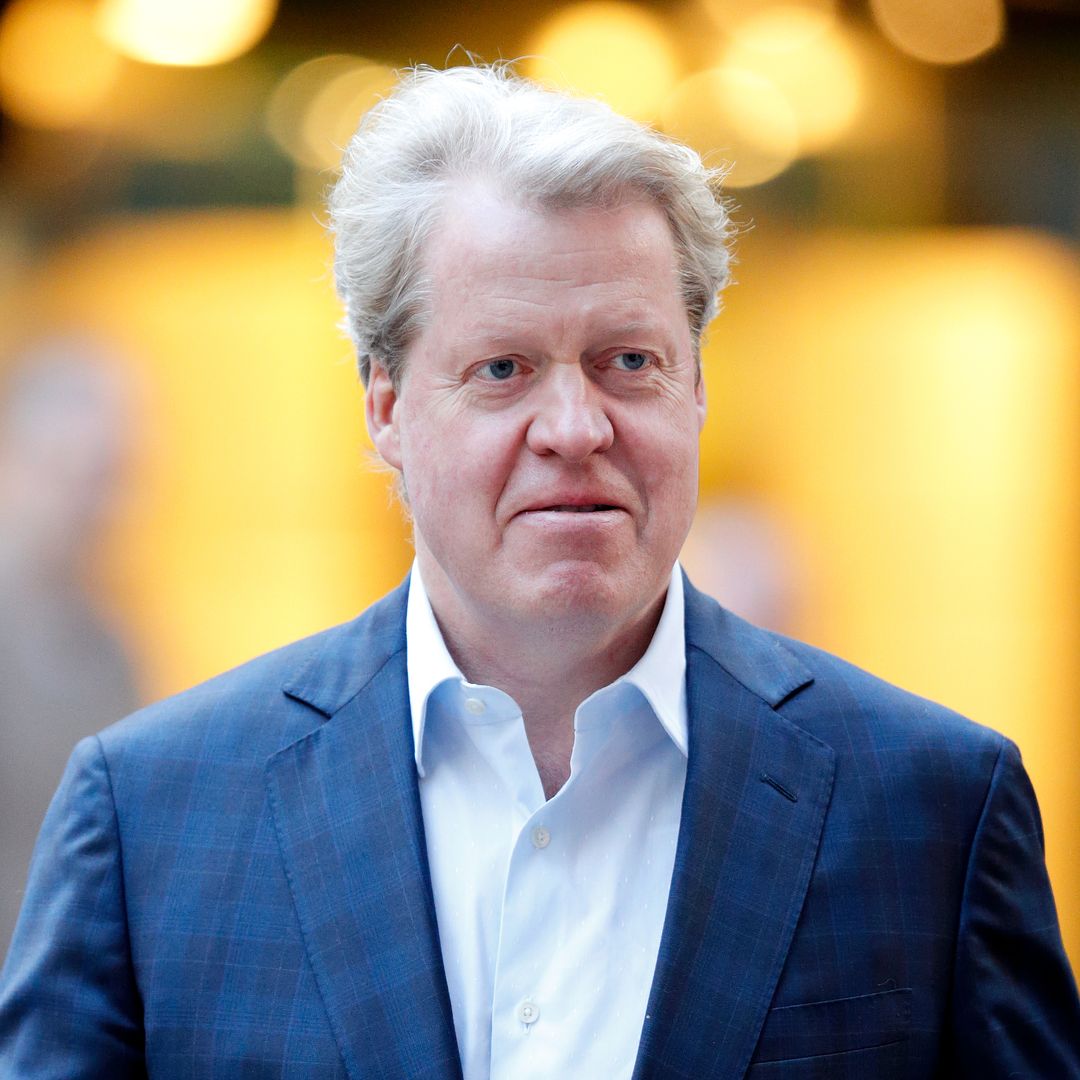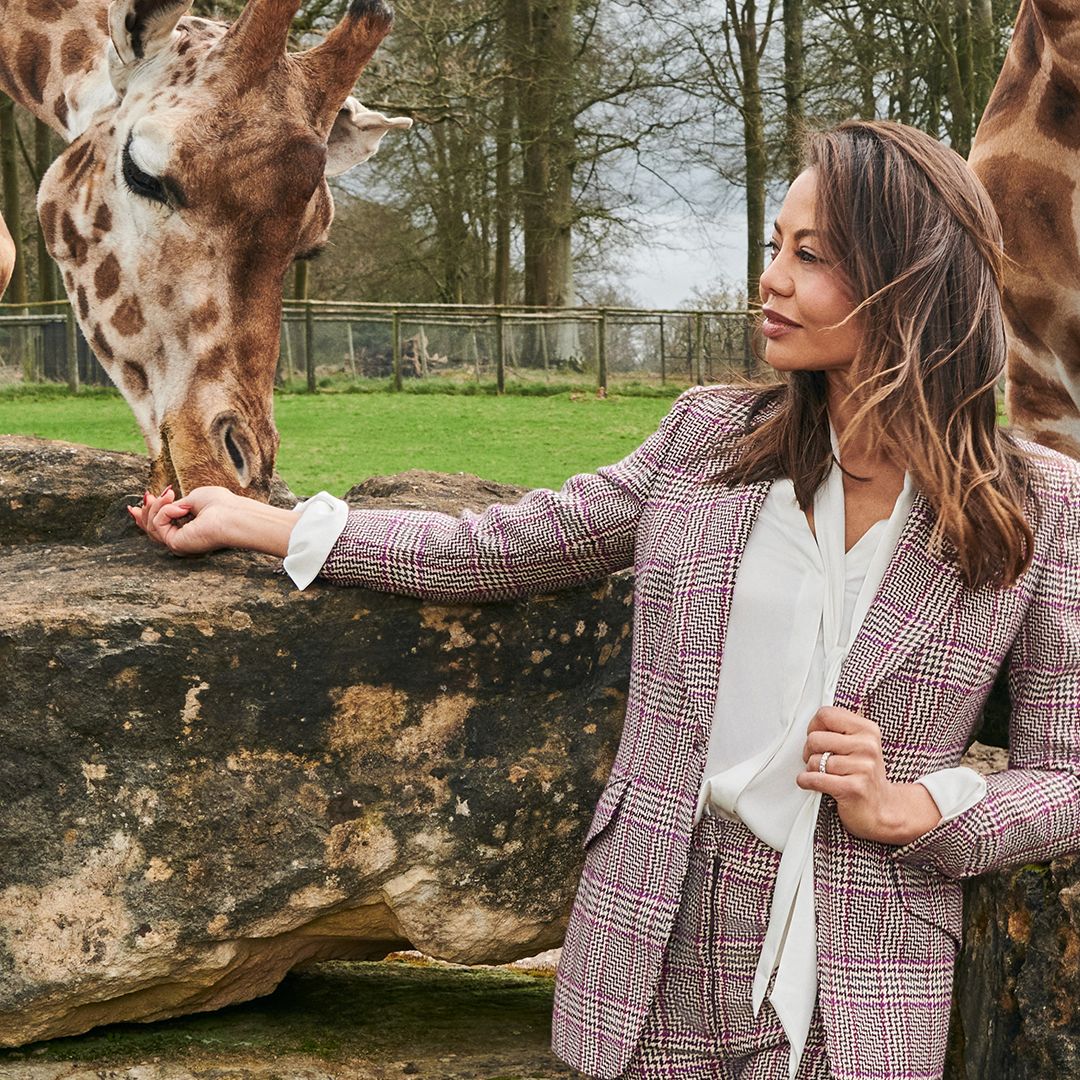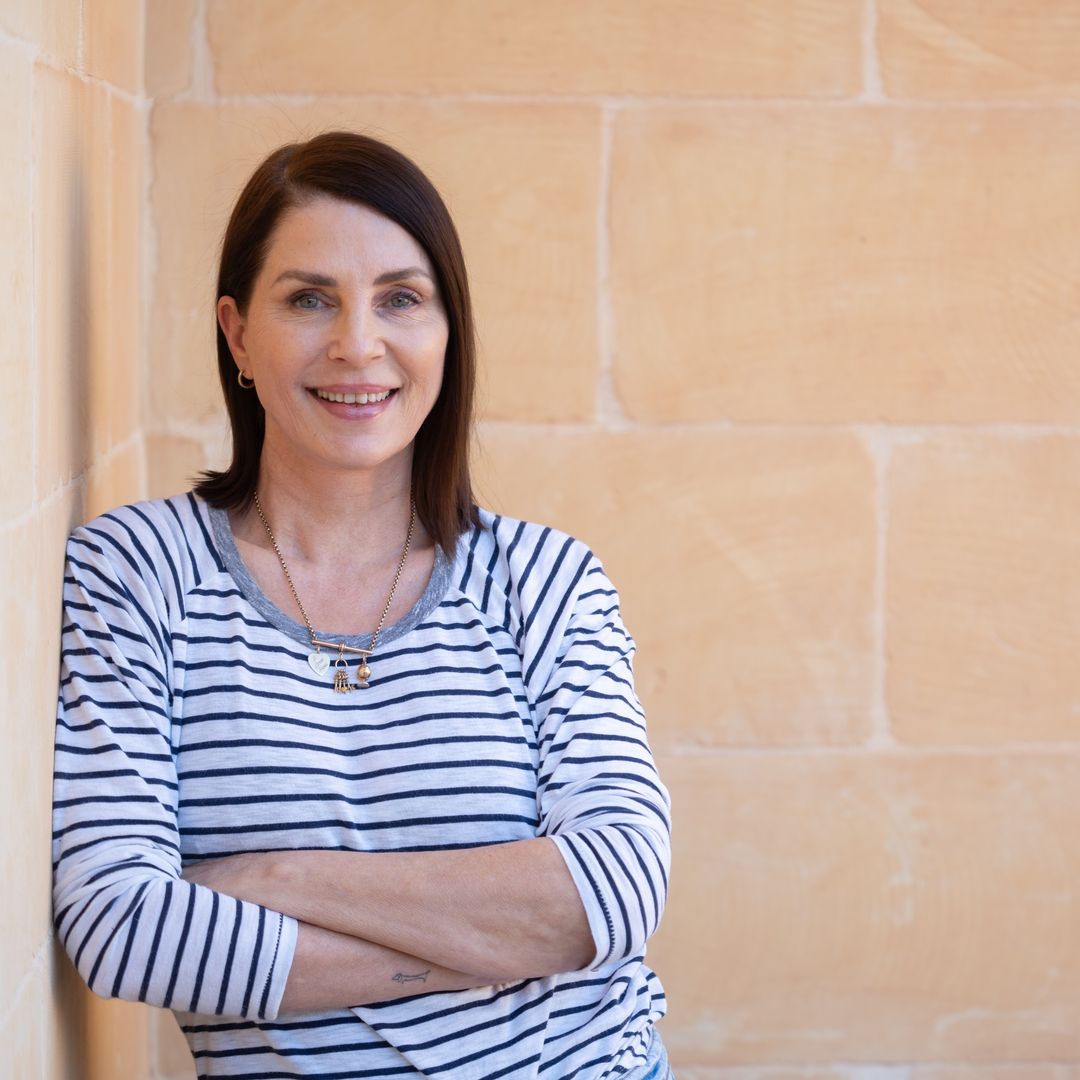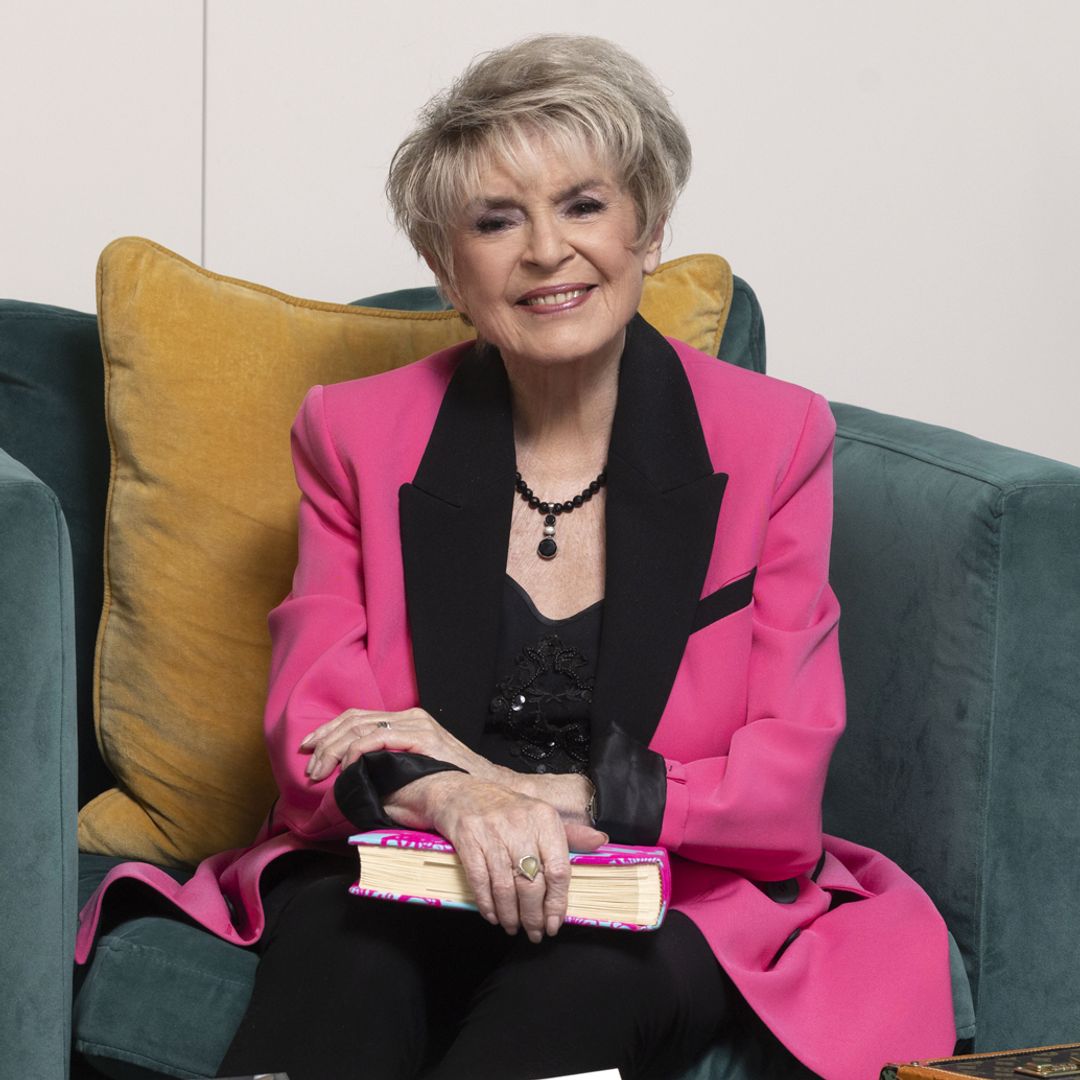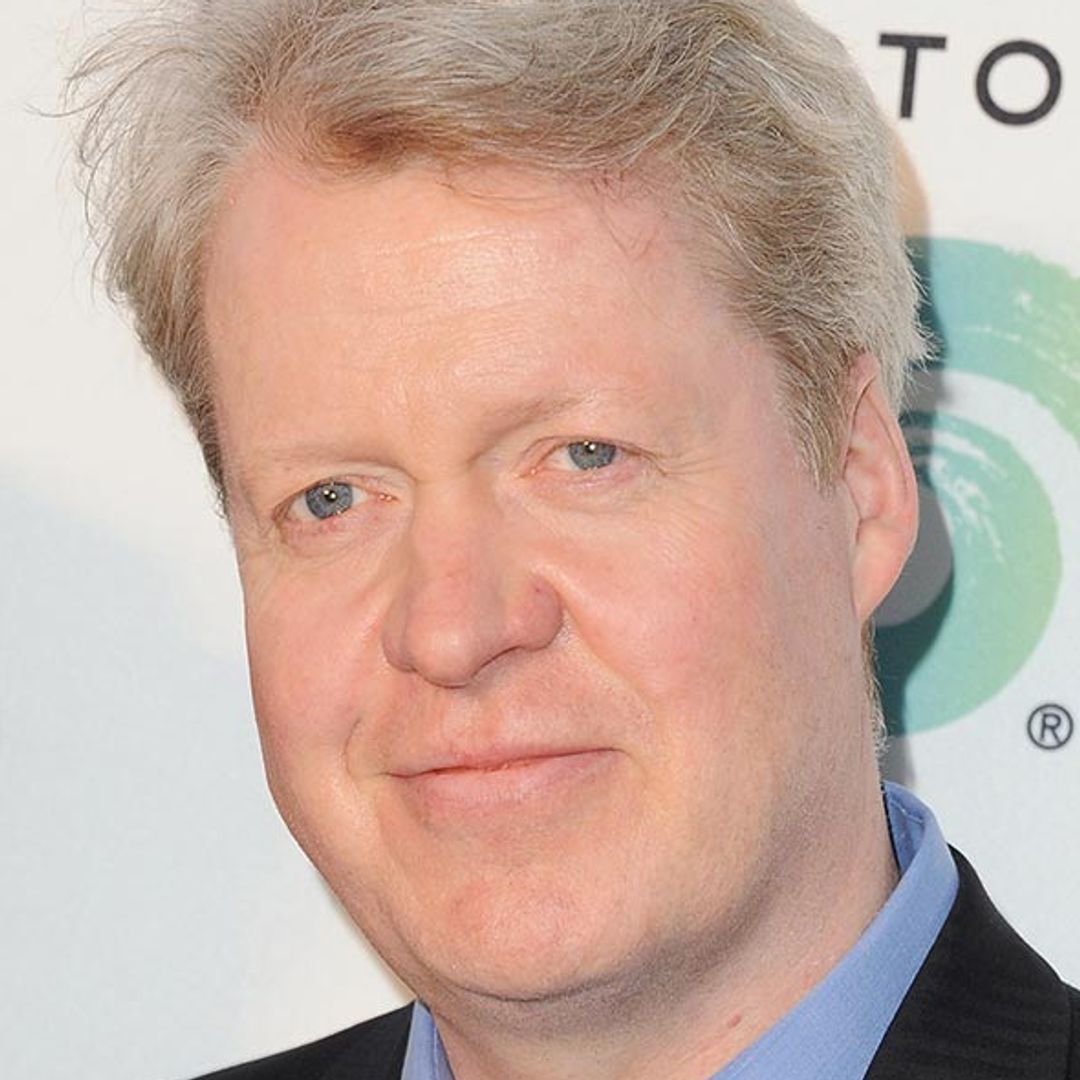Prominent global humanitarian Michael Stone, who was commissioned in 1997 by the Red Cross to lead Princess Diana on her mission in Angola, has spoken out for the first time of this historic event in an exclusive interview with HELLO! to mark the 20th anniversary of her death. Speaking in 2017, Michael revealed how Diana achieved what bureaucrats had failed to do in 30 years in her four-day trip. "She always told me that a picture is worth a thousand words," said Michael. "But I would change that statement to a million words."
He explained: "By walking through that cleared minefield, she highlighted the dangers ordinary people were facing every day, demonstrating the split second difference between life and death. The key to her courage is that she didn't have to do any of this, but she did it because she wanted to help save lives and limbs. For me, it was the greatest humanitarian trip there has ever been."
Michael Stone talks exclusively to HELLO! about working with Princess Diana
Michael was asked to organise the Princess's trip to Angola by the Red Cross. After briefing her at Kensington Palace, he and Diana's personal bodyguard walked in advance every part of her journey. He recalled: "We had to be certain of her safety. In one area, you could see a mine sticking out beyond the fenced-off border. If you'd put a foot wrong, it would have gone off." At the time, Diana gave a statement upon arriving in Angola. "The international community must work together for an end to the use of these weapons. These devices injure innocent victims who might simply be playing or working in the fields. Estimates suggest that up to 2,000 people every month are killed or maimed by mines around the world – that's one person every 20 minutes." Accompanied by 123 journalists, eight television crews and a BBC documentary team, Diana made a profound impact around the globe.
MORE: Prince Harry and Meghan visit their namesake county Sussex - all the best photos
With Michael, her bodyguard and her right-hand man, butler Paul Burrell, by her side, she set off at 6am every day for a packed 15-hour schedule. "She was very moved by what she saw," said Michael. "I remember describing to her the multiple operations a child who'd lost a limb would face. Usually the injury is so serious that there's no time to get medical attention; they will bleed to death or die of shock. I could see her processing the situations she encountered as a mother to two little boys. She was imagining herself in the same position as the mothers of these children, and there were tears in her eyes."
Diana spent four days in Angola on her landmine mission
Her effect on the people she encountered was palpable. "Their faces lit up when they saw her," said Michael. "She cheered everyone up because she was smiling and positive, and gave them hope. Meeting her gave them relief, a moment of respite from unimaginable fear for the future. Diana had a special touch. She was tactile and affectionate, and that was very important because it was a clear connection to those people who were suffering, as fellow human beings. Ninety per cent of all victims of warfare are civilians. They just want to get on with their lives. Diana understood all of this."
MORE: Meghan Markle's signet ring revealed - and here's where you can buy it
Although she drew criticism from the then Junior Defence Minister, Earl Howe, who described her as a "loose cannon" over her involvement with the landmine issue, Diana revealed her determination to get the job done. "I was only trying to highlight a problem going on all around the world," she replied when journalists asked her about the derogatory comment. Later, she added: "I am not a political figure; I am a humanitarian figure – always was, always will be." "It was just the right thing to say," said Michael. "She could be very good off the cuff. But the remark upset her. I sensed she was about to break down so I stopped further questions from journalists and whisked her away in the car. 'We'll take no notice of that,' I told her. 'You're doing a wonderful thing here. To hell with what they think.'"
"She was a true humanitarian," said Michael
During those four unforgettable days, Michael experienced both the public and the private Diana. "She was very real, very natural, and had no airs or graces. She could get on with anybody," he said. "I felt so relaxed in her company that it was like being with a friend I'd known for years. She called me 'Mike' and made me forget who she was. Sometimes I had to pull myself up a bit, such as when I tried to tell her a joke before realising it was probably inappropriate.
"She also spoke about her two sons, William and Harry. 'I'm always writing postcards,' she said. 'They only know where I've been when I send them a postcard.'" Michael added: "Many people talk of her compassion. I think it was more than that. Compassion is a feeling of sorrow for another with a desire to help. She moved beyond this towards empathy, an ability to understand, perhaps from her own suffering, that of another. 'Empassion,' a new word, is better. There was no one like her who did what she did, and I don't believe there will ever be a person like her again. She was a true humanitarian."
The inspiration behind Diana's famous landmine walk was revealed in another iconic image captured during her journey through Angola. Sitting in the shade of a tree, she tenderly stroked the cheek of a little girl who beamed sweetly back at her. However, there were tears behind these smiles. Along with thousands of victims like her, 13-year-old Sandra Tigica had lost a leg after stepping on a landmine. Clearly moved by Sandra's plight, the Princess said: "The rest of her life will be so different; that's why we must stop landmines."
She was inspired to save lives after meeting people like 13-year-old Sandra Tigica
True to her word, she helped bring that about, galvanising public opinion against landmines. Later that year the United Nations introduced its Mine Ban Treaty, which to date has been signed by 162 countries and has vastly reduced the numbers of casualties.
Michael, who also worked with Mother Teresa in war-torn zones, spoke of what it meant to work with the Princess. "It was a formidable, unprecedented result," he said. "For me, it was the greatest humanitarian trip there has ever been. Taking the most famous person in the world and putting her next to one of the world's most horrific problems was unique. Yet she was completely selfless about it. She shone the light on the victims, not on herself, and genuinely cared about what she was doing. There are people alive now who would have been killed by those landmines were it not for her."
Like this story? Sign up to our newsletter to get other stories like this delivered straight to your inbox.
